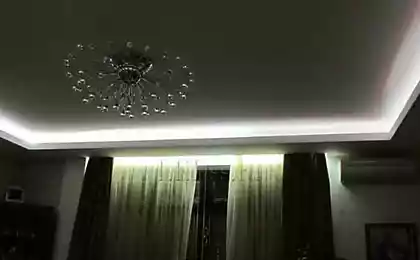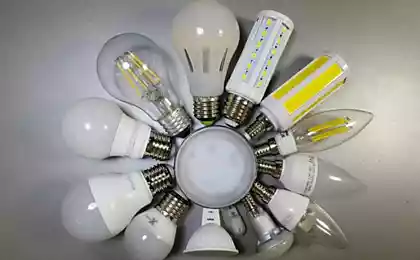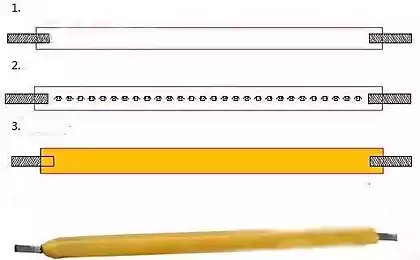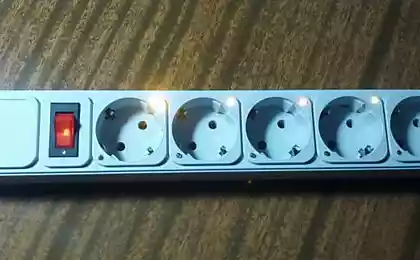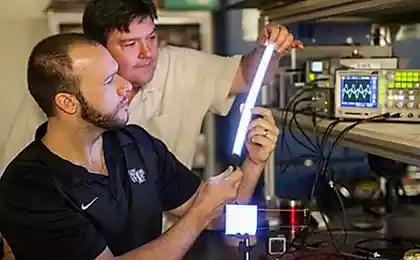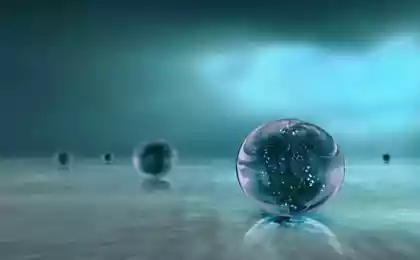452
Self-organized particles will improve the efficiency of perovskite LEDs
The results of a study presented by scientists at Princeton University in yesterday's issue of Nature Photonics, could accelerate the implementation of the perovskite technology in commercial applications — television and computer displays, lasers and lighting.
Hybrid organic-inorganic perovskites usually get, dissolving the initial components in a solution containing organic ammonium halide and metal halide. Obtain films emit light when current is passed, but the crystals that form the molecular structure of the thus synthesized perovskite is too large, which makes them unstable and inefficient.

"The productivity of perovskites in solar cells in recent years has markedly improved, which opens up great prospects for LEDs, but the inability to obtain nanoparticles of perovskite homogeneous and bright films limits their potential — said Barry Rand (Barry Rand), Professor at Princeton University. Our new method allows these nanoparticles to self-organize in sverhmedlennye film, making the perovskite LEDs, a more feasible alternative to existing technologies."

Rand and his colleagues found that the addition of a solution of a special type of halide ammonium long-chain leads to a significant reduction in the size of crystals in the film. They synthesized the crystallites had a diameter of only 5-10 nm, and the film was much more subtle and smooth than before. This, in turn, has improved external quantum yield — with an equal number of absorbed electrons were emitted more photons increased and the stability of the films.
Professor of materials science, Russell Holmes (Russell Holmes), the University of Minnesota believes that "this elegant and generalized processing scheme is likely to receive wide distribution, to be applied to other perovskite active materials and hardware platforms". published
Source: ecotechnology
Hybrid organic-inorganic perovskites usually get, dissolving the initial components in a solution containing organic ammonium halide and metal halide. Obtain films emit light when current is passed, but the crystals that form the molecular structure of the thus synthesized perovskite is too large, which makes them unstable and inefficient.

"The productivity of perovskites in solar cells in recent years has markedly improved, which opens up great prospects for LEDs, but the inability to obtain nanoparticles of perovskite homogeneous and bright films limits their potential — said Barry Rand (Barry Rand), Professor at Princeton University. Our new method allows these nanoparticles to self-organize in sverhmedlennye film, making the perovskite LEDs, a more feasible alternative to existing technologies."

Rand and his colleagues found that the addition of a solution of a special type of halide ammonium long-chain leads to a significant reduction in the size of crystals in the film. They synthesized the crystallites had a diameter of only 5-10 nm, and the film was much more subtle and smooth than before. This, in turn, has improved external quantum yield — with an equal number of absorbed electrons were emitted more photons increased and the stability of the films.
Professor of materials science, Russell Holmes (Russell Holmes), the University of Minnesota believes that "this elegant and generalized processing scheme is likely to receive wide distribution, to be applied to other perovskite active materials and hardware platforms". published
Source: ecotechnology
Backup solid fuel products: composites based on biomass, peat and biochar
Emotional causes of disease
